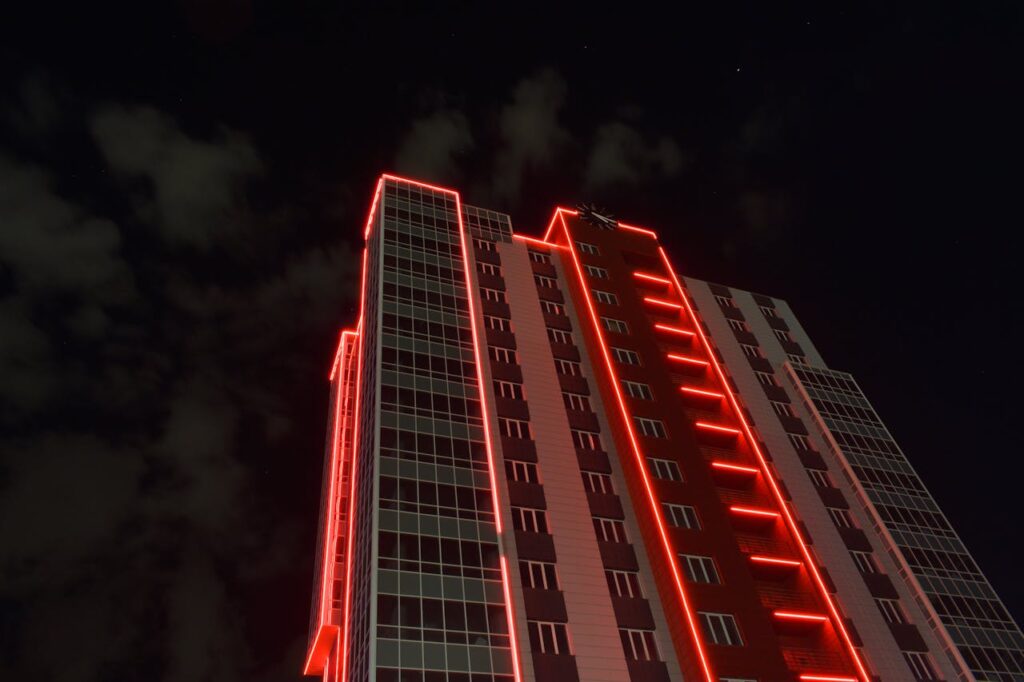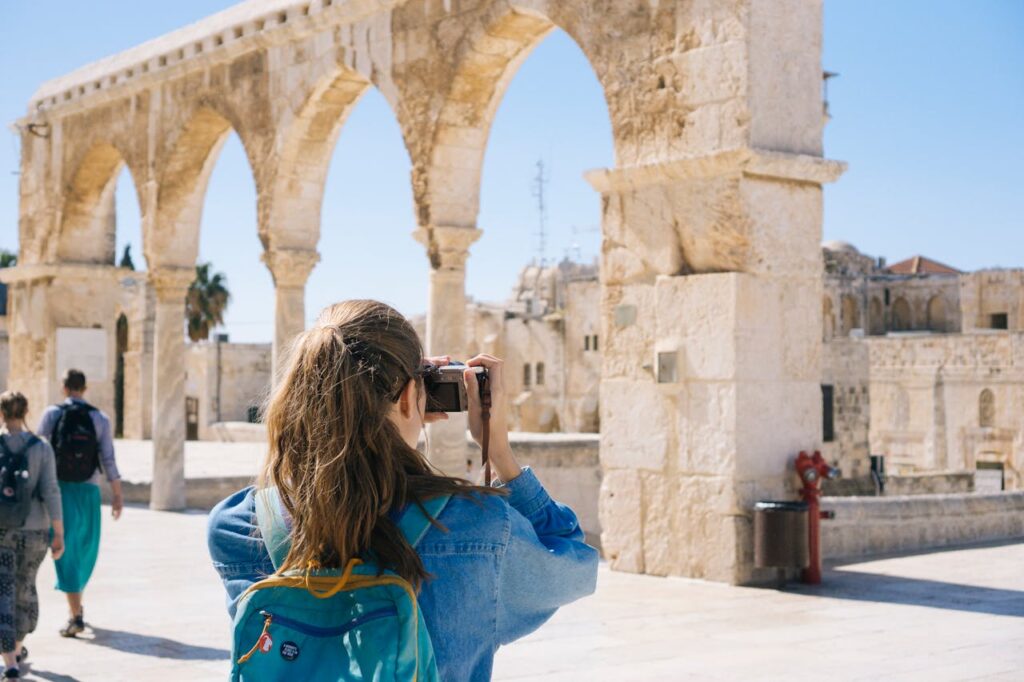Architectural photography is a specialized genre that focuses on capturing the aesthetic qualities, design elements, and spatial relationships of buildings and structures. This article delves into the history, techniques, equipment, artistic considerations, practical tips, cultural impact, and trends of architectural photography for audiences in the United States.

Introduction to Architectural Photography
Architectural photography involves capturing images of buildings, structures, and urban landscapes with an emphasis on showcasing architectural design, spatial proportions, and environmental context. It plays a crucial role in documenting architectural achievements, preserving cultural heritage, and inspiring creative interpretations of built environments.

History and Evolution
The origins of architectural photography can be traced to the 19th century, coinciding with advancements in photography technology and the rise of architectural documentation. Early practitioners focused on capturing monumental structures, landmarks, and urban developments as cities expanded and architectural styles evolved. Over time, architectural photography evolved into an art form that blends technical precision with creative expression, influenced by architectural movements, cultural contexts, and technological innovations.

Techniques and Equipment
Camera Gear: Professional-grade digital cameras or medium format film cameras equipped with wide-angle lenses (e.g., 16-35mm) and tilt-shift lenses enable photographers to capture expansive views, correct perspective distortions, and emphasize architectural details. Tripods and remote shutter releases ensure stability and precise composition during long exposures.
Composition and Framing: Composition principles such as symmetry, leading lines, perspective, and balance guide architectural photographers in creating visually compelling images. Considerations include framing the building within its surroundings, manipulating viewpoints to emphasize scale or architectural features, and utilizing natural or artificial light to enhance textures and shadows.
Lighting: Natural light, golden hour (early morning or late afternoon), and twilight periods offer optimal lighting conditions for architectural photography, enhancing color saturation, texture definition, and atmospheric effects. Supplemental lighting techniques, including flash, reflectors, and light painting, provide creative control over interior and exterior lighting contrasts and highlight architectural details.

Artistic Considerations
Emphasis on Details and Textures: Architectural photography emphasizes capturing intricate details, textures, and materials that define a building’s character and craftsmanship. Close-up shots of facades, ornamental elements, and structural components reveal architectural nuances and design intricacies.
Environmental Context: Contextualizing buildings within their urban or natural landscapes adds narrative depth to architectural photographs. Incorporating surrounding elements such as streetscapes, parks, weather conditions, and human activities enriches visual storytelling and highlights buildings’ relationships with their environments.

Practical Tips for Architectural Photographers
Research and Pre-visualization: Conduct research on architectural history, design principles, and cultural significance to inform photography approaches. Pre-visualize compositions, explore vantage points, and anticipate lighting conditions to capture optimal architectural perspectives and visual narratives.
Time of Day and Weather Conditions: Plan photography sessions during favorable weather conditions and times of day to optimize natural lighting effects and minimize environmental distractions. Monitor weather forecasts for dynamic lighting opportunities, dramatic skies, and atmospheric effects that enhance architectural aesthetics.
Post-Processing and Editing: Use photo editing software like Adobe Lightroom or Photoshop to refine exposures, adjust colors, correct perspective distortions, and enhance image clarity. Maintain authenticity in architectural representations while emphasizing visual impact and composition integrity.

Cultural Impact and Contemporary Trends
Documenting Urban Development: Architectural photography documents urban growth, historical preservation efforts, and transformative architectural projects shaping American cities and landscapes. Images contribute to public discourse on urban planning, cultural heritage conservation, and sustainable development practices.
Visual Storytelling and Social Media: Architectural photographers leverage social media platforms, online galleries, and digital publications to showcase portfolios, engage audiences, and participate in global architectural photography communities. Hashtags, collaborations, and virtual exhibitions promote visibility, networking opportunities, and creative inspiration within the industry.

Conclusion
In conclusion, architectural photography serves as a visual testament to the evolution, diversity, and cultural significance of architectural design in the United States. By mastering technical expertise, embracing artistic vision, and documenting architectural narratives, photographers contribute to a legacy of visual storytelling that celebrates innovation, craftsmanship, and societal aspirations reflected in built environments.
From iconic landmarks and historic buildings to contemporary structures and urban landscapes, architectural photography captures the essence of architectural achievements while inspiring appreciation, discourse, and creative interpretations of architectural aesthetics. As photographers continue to explore, innovate, and document the ever-changing architectural landscape, the art and impact of architectural photography remain indispensable in preserving cultural heritage, fostering architectural discourse, and inspiring future generations of architects, designers, and urban planners.
